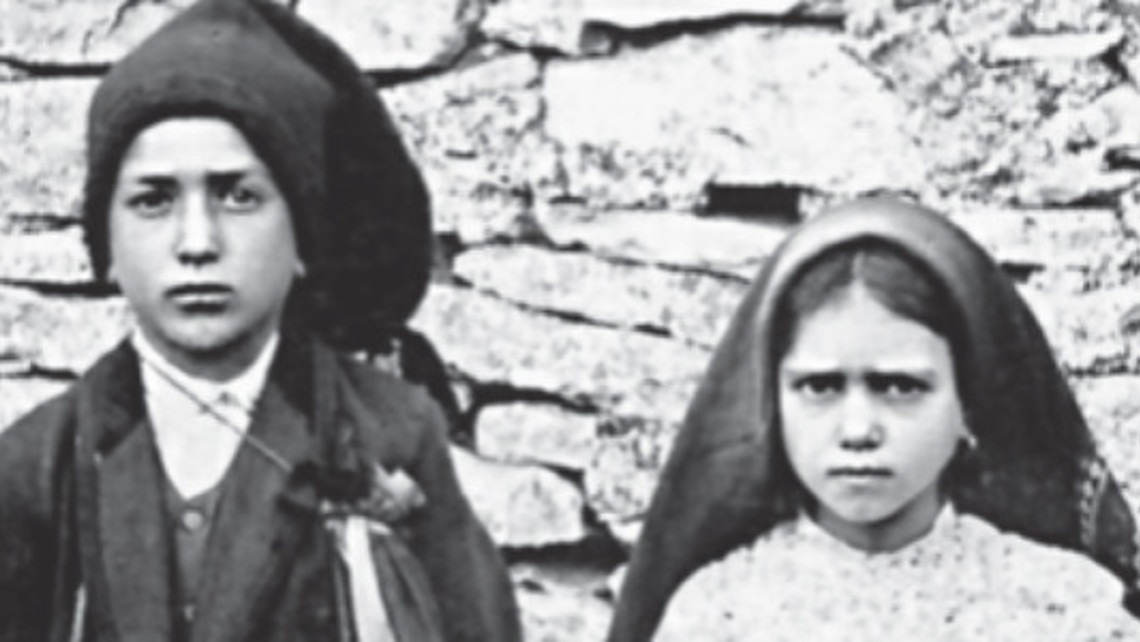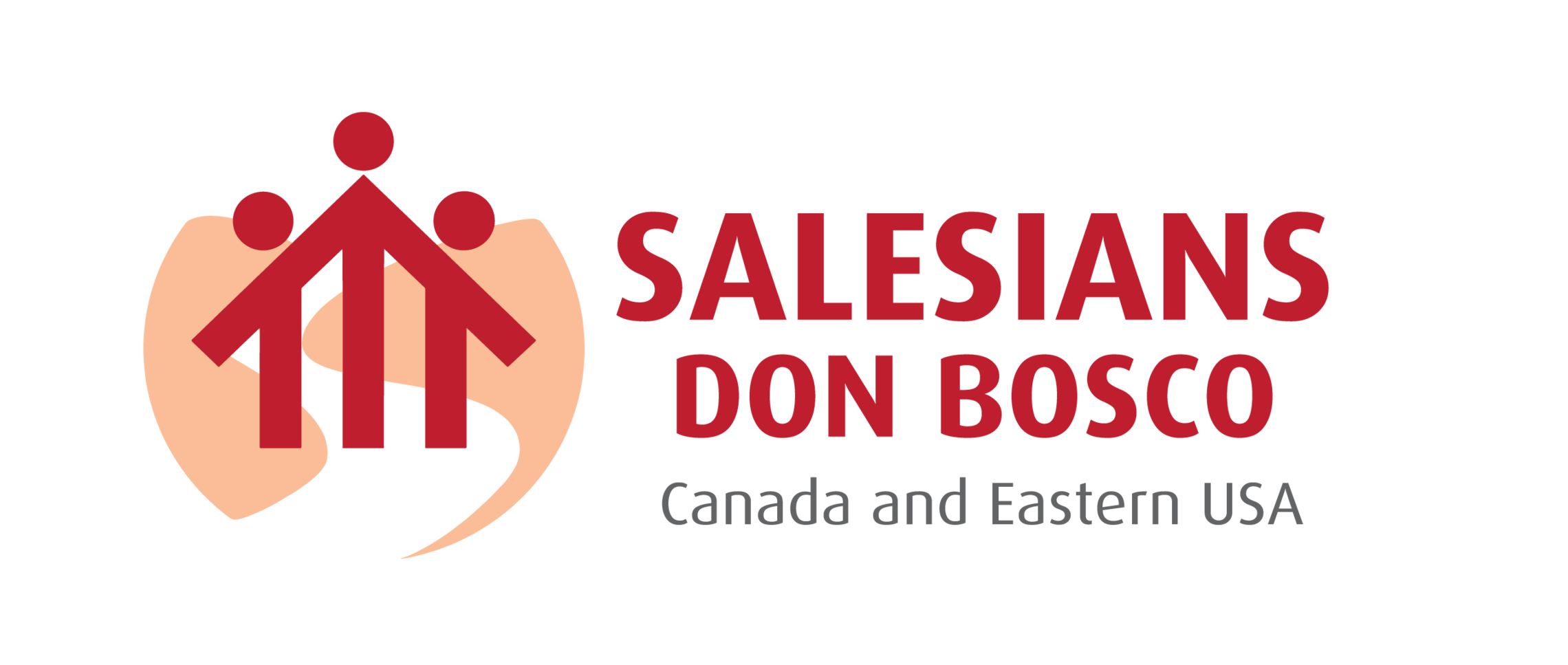
Family
At Fatima, our Lady appeared to three little shepherds. They could not read or write, nor did they know how to tell time or use a calendar. Although they may have had a meager academic background, they were sur-rounded by a rich spiritual environment that enabled them to be open to transcendent phenomena. They re-ceived this enrichment and learned this openness from their families.
This year the Rector Major has given us a marvelous strenna: We are family, every home a school of life and love. How true this was for the families of the children of Fatima! I’m sure that many individuals here have read the commentary on the strenna, and that communities have spent some time reflecting on what it means in their particular setting. Not long after the Salesian Spirituality Days in Rome back in January, the FMA, SDB, and Cooperator provincial councils met to pray, study, and share about the family in Salesian presences. These efforts to be attentive to the family will continue throughout the year. We encounter in the family a con-vergence of pastoral priorities: the Holy Father called two synods to discuss the family and then wrote Amoris Laetitia , the Rector Major has given us a strenna focused on the family, we know we must involve the family for effective Salesian ministry to the young, and in a society that questions the value of the family, we feel the need to give a response guided by faith and reason.
From Fatima, from the teachings of the Church, from our reflections on the strenna, and from our own expe-rience, then, we can see the importance of family in the holistic development and faith forma-tion of the young. Francisco and Jacinta Marto had not yet gone to catechism classes or re-ceived First Communion, but they had learned in their homes that God is real and present to us in daily life. They soon overcame any fear they may have felt when the Lady from Heaven appeared to them; instead, they were greatly at-tracted by her beauty, gentle gaze, and kind smile. They had been taught in the school of their families to trust Jesus and Mary.
These examples move us as Salesians to take seriously the message Fr. Angel has given us in this year’s strenna, and they inspire us to pro-vide quality pastoral accompaniment to families: for example, to couples as they prepare for mar-riage, to parents presenting their children for Baptism, Communion, and Confirmation, to families in times of difficulty or loss. We remember that Don Bosco learned this type of educational-pastoral ministry from his own mother. The environment that Mama Margaret created in her home is the same family spirit that Don Bosco created in the Oratory, and that he would want us to develop in our works today – all of this under the watchful gaze of our heavenly mother, Mary Help of Christians.
Mission
When Mary appeared to the children on May 13, 1917, she asked them whether they would be willing to offer themselves to God and endure all the sufferings that God might send them, as both an act of reparation for the sins with which God is offended and an act of supplication for the conversion of sinners. Lucia answered on behalf of all three children: yes, they would! As the months passed, and even more after the apparitions ended, they
would remind each other of their promise. When they had to suffer some inconvenience or distress, one of the children would ask the others for whom they were offering their sufferings – for the Holy Father, for the conver-sion of sinners, for the poor souls in purgatory, in reparation for offenses against Jesus and Mary. They felt they had received a mission from the Lady from Heaven; it gave deeper meaning to their daily life, and they gave
themselves wholeheartedly to fulfill that mission. They offered their lunch to those who had less, they put up with the annoying crowds who kept asking questions about the apparitions, and Francisco and Jacinta accepted their final sufferings all with a faith far more mature than their years and an ardent desire to do God’s will.
From our own experiences working with the young, we know that, given the right motivation and encour-agement, young people are capable of extraordinary self-giving. Think of how young John Bosco felt the need to catechize his peers after the dream when he was nine years old. The beautiful Lady showed him his field of work, and with creativity and zeal he dedicated himself to helping his friends grow in faith. We can identify the same youthful enthusiasm to give oneself to a mission in Dominic Savio, Laura Vicuña, Ceferino Na-muncurá, and so many others who felt the passion of Don Bosco’s “Da Mihi Animas.”
Our Salesian history and the example of the children of Fatima inspire us to be bold in inviting the young to serve the Lord. As Fr. Angel wrote at the end of General Chapter 27 for the SDBs, in accompanying the young we cannot shy aware from “proposing bold challenges for the discernment of their life choices with equally bold proposals for every kind of vocation in the Church, including the Salesian vocation in its various forms, involving
the whole community.” Young people share in the mission of Christ in the Church. We can help them discover their call and the joy of saying “yes” to that call. Mary herself was just a youth when she said her “yes” to become the mother of God’s own Son.
Youthful holiness
While Pope Francis was on pilgrimage in Fatima, he canonized Francisco and Jacinta Marto. They are rec-ognized as saints, not because they received the apparitions of Mary, but because they lived the Gospel in a John radical way. For a long time, their cause for canon-ization would not even be considered because it was thought they were too young, that they could not make a mature choice to live the faith. It was thought that only children who were martyrs could be acknowledged as saints. Our experience as Salesians would not support this perspective. We have been witnesses to multi-
tudes of young people who are holy. We are all par-ticularly joyful at this canonization of Francisco and Jacinta because it confirms what we have known all along: the young are capable of great spiritual depth, of living in profound union with God. Re-member some of the simple lessons Don Bosco
taught the young people at the Oratory: God wants you to be holy; it’s not difficult to be holy; being holy consists in always being joyful.
Let’s go back to the children of Fatima and the world in which they lived. They were in the midst of the First World War; Portugal had a secular government,aggressively seeking to eliminate the faith; the media ridiculed those who believed in God. Yet little Francisco and Jacinta lived the Gospel in a radical way and now have been officially recognized as saints. Our world isn’t so different from theirs – still there are wars, attacks on the Church, secularism, relativism, and indifference.In just such a society, our young people today can give heroic witness to the faith. They too can be saints.The celebration of Mary Help of Christians renews our love for our Salesian vocation. Coupled with the 100th anniversary of the apparitions our Lady at Fatima, we are able to identify the relevance of the Salesian charism today. The saintly shepherds and Don Bosco teach us the importance of the formation and involvement of the family in our ministries; they remind us of the readiness of the young to be enthusiastic missionaries and serve
the Lord with joy; they confirm our conviction that the young have a great capacity to be holy. As Don Bosco felt that Mary played an essential role in the founding of the Salesian Family, we look to her now to be our teacher and guide, and we entrust ourselves and all our concerns to her motherly care.
A joyful feast of Mary Help of Christians to you all.






